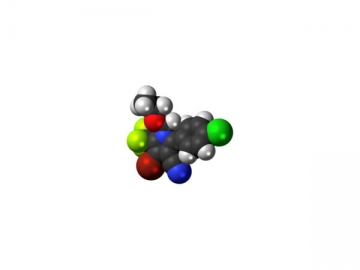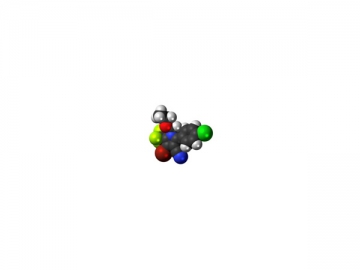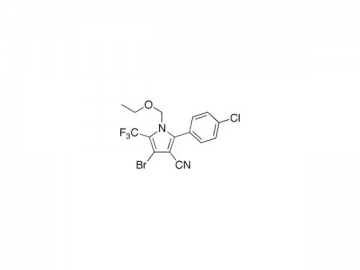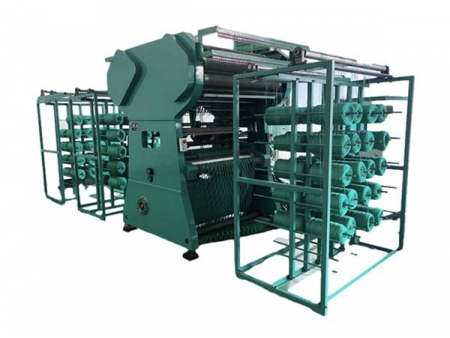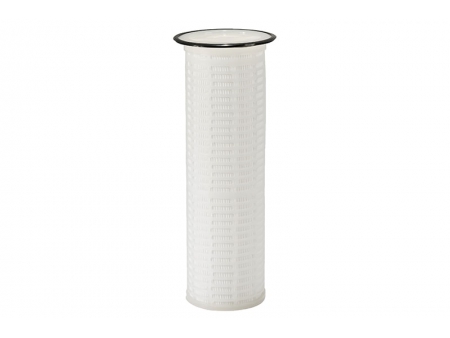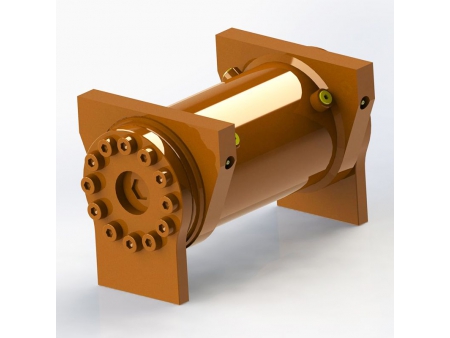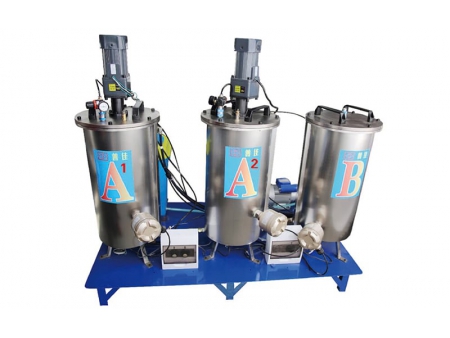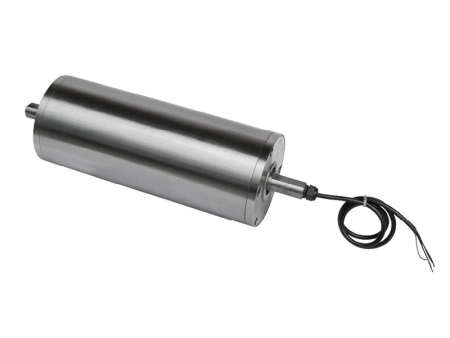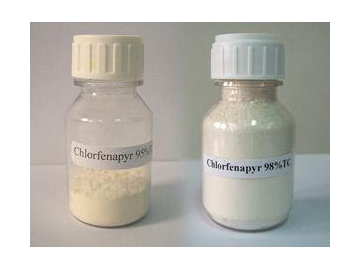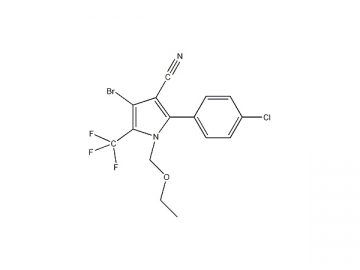Chlorfenapyr
1. Chlorfenapyr is a pyrrole pesticide. It is specifically a pro-insecticide which means it is metabolized into an active insecticide after entering the host. This product is derived from a class of microbially-produced compounds known as halogenated pyrroles.
2. The United States Environmental Protection Agency initially denied registration in 2000 for use on cotton primarily, because of concerns that the insecticide was toxic to birds and because effective alternatives were available.
3. However, this product was registered by EPA in January, 2001 for use on non-food crops in greenhouses. In 2005, EPA established a tolerance for residues of chlorfenapyr in or on all food commodities.
4. This kind of pesticide works by disrupting the production of Adenosine triphosphate. Specifically, oxidative removal of the N-ethoxymethyl group of chlorfenapyr by mixed function oxidases forms the compound CL 303268. CL 303268 uncouples oxidative phosphorylation at the mitochondria, resulting in disruption of production of ATP, cellular death, and ultimately organism mortality.
Uses
1. The pyrrole pesticide is able to control many species of insects and mites in cotton, vegetables, citrus, top fruit, vines and soya beans. The mite killer is especially effective against those resistant to different insecticides such as carbamate, organophosphate, pyrethroid, and chitin-synthesis inhibitors.
2. Pests resistant to conventional products which are controlled by chlorfenapyr comprise Brevipalpus phoenicis (leprosis mite), Leptinotarsa decemlineata (Colorado potato beetle), Helicoverpa spp., Heliothis spp., Plutella xylostella (diamond-back moth) and Tetranychus spp.
3. Use of the pyrrole pesticide in resistance management programs for control of various cotton pests is under evaluation.
Properties| CAS No. | 122453-73-0 |
| Molecular Formula | C15H11BrClF3N2O |
| Molar Mass | 407.6g/mol |
| Appearance | Off-white to light-brown powder |
| Density | 0.543g/ml tapped bulk density |
| Melting Point | 100-101℃ |
| Solubility in Water | 120ppb |
| Stability | 1. Practically insoluble in water 2. Soluble in acetone, diethyl ether, dimethyl sulfoxide,tetrahydrofuran, acetonitrile, and alcohols |

